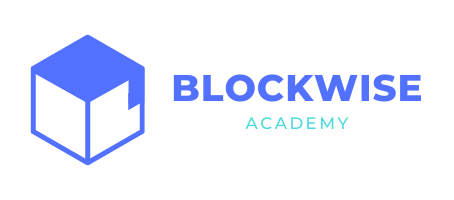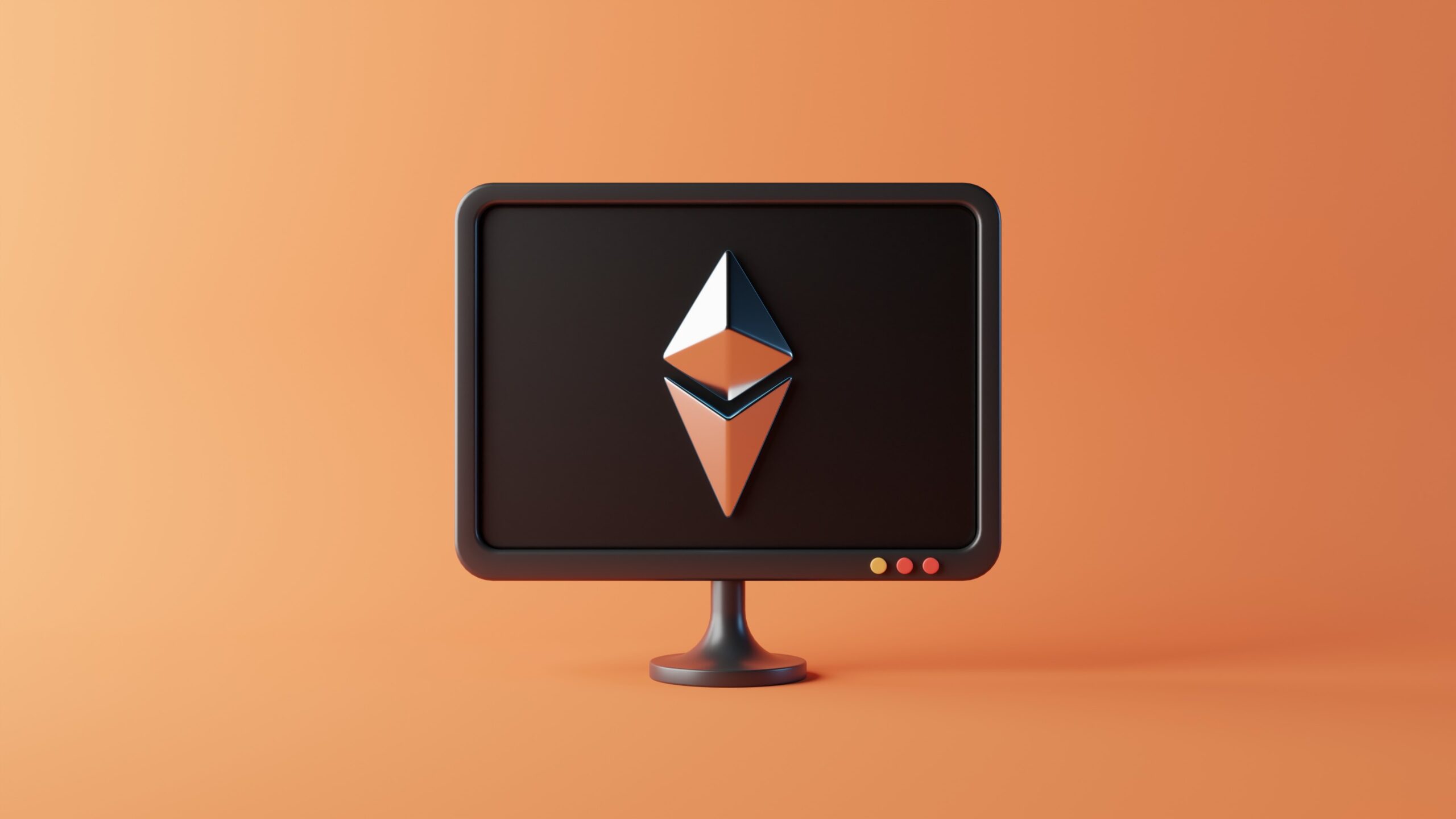BlockWise
- 09 Feb, 2023
- 0 Comments
- 7 Mins Read
Introduction to Web 3.0
Welcome to the forefront of the internet’s next phase – Web 3.0. If you’ve ever pondered the web’s evolution and its implications for businesses, you’re in the right place. This article unravels the layers of Web 3.0, delving into its core features and how it’s reshaping the digital landscape. Whether you’re a tech-savvy entrepreneur or a seasoned business professional, grasping the fundamentals of decentralization, blockchain, and smart contracts is vital for navigating the future of online interactions. So, fasten your seatbelt as we explore the technological foundations, applications across industries, potential challenges, and the exciting trends that await. Get ready to uncover the opportunities and implications that Web 3.0 brings to the table for businesses and individuals alike. Let’s embark on this journey into the future of the web!
Understanding the Evolution of the Web
The internet has evolved significantly since its inception, progressing through distinct phases. Today, we stand at the threshold of Web 3.0, a paradigm shift that adds new dimensions to online experiences. To truly grasp the significance of Web 3.0, let’s glance back at the evolution of web development. Web 1.0 introduced the static web, where information was displayed in a one-way manner. Web 2.0 brought interactivity and user-generated content, enabling social media and collaborative platforms. Now, Web 3.0 builds on this foundation, integrating decentralization and advanced technologies.
In a nutshell, Web 1.0 was about consuming information, Web 2.0 introduced user participation, and Web 3.0 takes it a step further with decentralized, intelligent, and interconnected systems. This evolution signifies a shift from a web of documents to a web of data and actions. Web 3.0 represents a significant leap forward, emphasizing dynamic content, interactivity, and a more personalized user experience. Unlike its predecessors, it’s not just about browsing; it’s about active participation and decentralized collaboration.
One defining feature of Web 3.0 is its commitment to decentralization. This means breaking away from traditional centralized models, distributing power, and fostering a more inclusive internet. In this era, you’re not just a consumer; you’re a participant in the digital ecosystem. As a business professional navigating this evolving digital landscape, understanding these shifts is key to staying ahead of the curve. Web 3.0 is not just a technological upgrade; it’s a change in how we interact, transact, and collaborate on the internet. It’s time to embrace the dynamics of the next phase in the web’s evolution.
Core Concepts of Web 3.0:
- Decentralization
- Semantic Web and Data Interoperability
- Smart Contracts and Blockchain Technology
Decentralization: In the realm of Web 3.0, decentralization is the linchpin. Traditional models often concentrated power in a few hands, but now, the game is changing. Decentralized systems distribute authority across the network, making you an active participant in decision-making processes. This not only enhances security but also fosters a more democratic and transparent digital landscape.
Interoperability: Forget about siloed data. Web 3.0 is all about the Semantic Web, where data becomes smarter and more interconnected. This means machines understand and interpret information, enabling seamless communication between applications. It’s like giving your data a language of its own, making it more meaningful and actionable.
Blockchain: Enter the era of smart contracts, powered by blockchain technology. Smart contracts are self-executing contracts with the terms of the agreement directly written into code. This eliminates the need for intermediaries, streamlining transactions, and ensuring trust. With blockchain, transparency and security become inherent, revolutionizing how we conduct business online.
Applications and Use Cases
Alright, let’s talk about where the rubber meets the road – the practical applications and use cases of Web 3.0. As a business professional, understanding how these applications can impact your industry is crucial for staying ahead of the curve.
Decentralized Finance (DeFi)
Ever heard of DeFi? It’s not just a buzzword; it’s a game-changer for the financial sector. With decentralized finance, you can participate in financial activities without traditional intermediaries. DeFi transactions skyrocketed to over $400 billion in 2021, signaling a paradigm shift in how we handle money.
Social Media in Web 3.0
Say goodbye to centralized control over your data on social media. In Web 3.0, social platforms leverage decentralization to give you control. You decide what happens with your data, not some faceless corporation. It’s estimated that by 2025, around 2.5 billion people will use some form of decentralized social media.
Gaming and Virtual Reality
Web 3.0 isn’t just business suits and boardrooms; it’s about immersive experiences too. In gaming, blockchain ensures true ownership of in-game assets, and virtual reality takes those experiences to a whole new level. The global VR market is expected to reach $62 billion by 2027 – a testament to the growing demand for immersive digital experiences.
Supply Chain Management in Web 3.0
Ever wondered where your products come from? Web 3.0 enhances supply chain transparency. Blockchain ensures a tamper-proof record of every step in the supply chain. Over 50% of global businesses are expected to use blockchain for supply chain operations by 2025, making it a cornerstone of efficient and secure logistics.
Challenges and Considerations
Now, let’s get real about the hurdles you might face in the Web 3.0 terrain. As a business pro, it’s essential to be aware of the challenges and considerations that come with the shiny advancements.
Scalability Issues in Web 3.0
Scaling up in Web 3.0 can be like walking a tightrope. The decentralized nature, while great for security, can pose challenges in handling large volumes of transactions simultaneously. As you venture into this space, keep an eye on scalable solutions to ensure your operations don’t get bogged down.
Privacy and Security Concerns
Web 3.0 champions decentralization, but that doesn’t mean it’s a free-for-all. Privacy and security concerns are paramount. With more data flowing in decentralized networks, ensuring robust cybersecurity measures is crucial. Approximately 67% of businesses experienced a cyberattack in 2020 – a stark reminder of the digital threats that lurk.
Regulatory and Legal Challenges
Navigating the regulatory landscape is like dancing through a maze. The decentralized and global nature of Web 3.0 introduces regulatory uncertainties. Understanding and complying with evolving regulations is paramount. Governments are still figuring this out, and as of 2022, only 32% of countries have some form of cryptocurrency regulations in place.
Challenges and Considerations
Let’s put on our digital binoculars and peek into the future of Web 3.0. As a savvy business pro, staying ahead means catching the waves before they break. Here’s a glimpse of what’s on the horizon:
Emerging Technologies in Web 3.0
Tech never sleeps, and neither does Web 3.0. Keep an eye on emerging technologies like quantum computing, which can revolutionize data processing. Quantum computers can process information at speeds unimaginable with classical computers, opening new frontiers for data-intensive tasks.
Industry Adoption and Collaboration
The future is collaborative. Look out for industries teaming up to leverage Web 3.0’s potential. Sectors like healthcare, finance, and logistics are expected to form partnerships to create integrated and efficient solutions. Collaboration is the name of the game, and those who play it well will lead the pack.
Evolution of User Experience
The user is king, and Web 3.0 is all about enhancing user experiences. From personalized AI-driven content recommendations to immersive virtual reality interactions, the future web will cater to your preferences like never before. By 2025, it’s projected that 95% of customer interactions will be driven by AI.
Conclusion
Time to wrap it up. You’ve just taken a deep dive into the realm of Web 3.0 – from its evolution to core concepts, technological foundations, applications, challenges, and future trends. Now, let’s sum it all up:
Web 3.0 isn’t a pit stop; it’s a journey. The web is evolving, and you, as a business pro, are at the forefront of this evolution. From the static Web 1.0 to the interactive Web 2.0, and now the decentralized and intelligent Web 3.0 – you’ve witnessed the metamorphosis.
As you navigate the digital landscape, remember that Web 3.0 is not just a technological upgrade; it’s a mindset shift. Decentralization, smart contracts, and the fusion of technologies like blockchain and AI are rewriting the rules. Opportunities abound for those ready to innovate and adapt.
So, what’s next? Stay curious. Keep an eye on emerging technologies, watch industry collaborations unfold, and be mindful of the ever-evolving user experience. Web 3.0 is a dynamic space, and your ability to stay informed and agile positions you for success in this ongoing digital revolution. As the curtain falls on this exploration, know that the web’s evolution is an open-ended story, and you’re an integral part of the narrative. Happy navigating!


